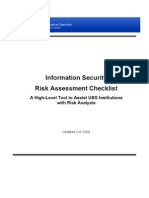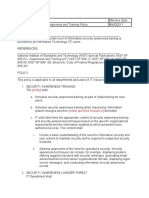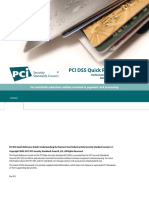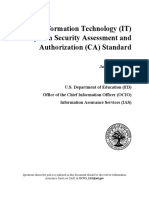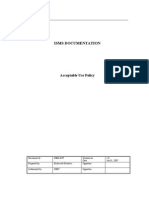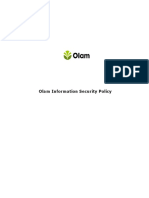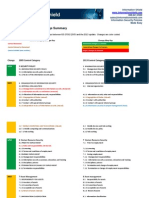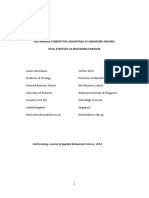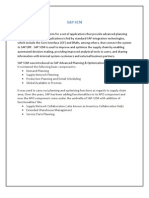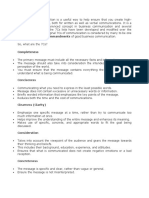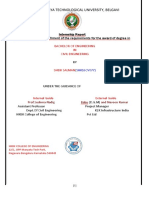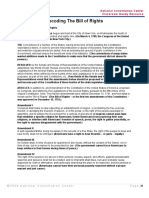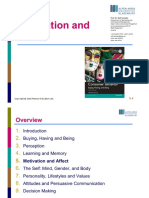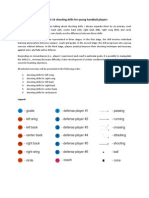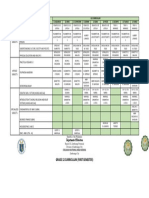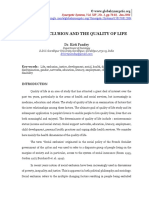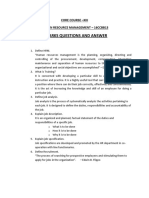100% found this document useful (1 vote)
566 views4 pagesSecurity Control Types
Security controls are measures used to protect personal or company assets and information. They can be categorized based on when they act - before, during, or after a security incident. Controls also differ in their nature, such as physical, procedural, technical, or legal controls. Frameworks like ISO/IEC 27001 and NIST SP 800-53 provide guidance on implementing comprehensive security controls addressing areas like risk assessment, access control, incident response and compliance.
Uploaded by
3LIX 311Copyright
© © All Rights Reserved
We take content rights seriously. If you suspect this is your content, claim it here.
Available Formats
Download as DOCX, PDF, TXT or read online on Scribd
100% found this document useful (1 vote)
566 views4 pagesSecurity Control Types
Security controls are measures used to protect personal or company assets and information. They can be categorized based on when they act - before, during, or after a security incident. Controls also differ in their nature, such as physical, procedural, technical, or legal controls. Frameworks like ISO/IEC 27001 and NIST SP 800-53 provide guidance on implementing comprehensive security controls addressing areas like risk assessment, access control, incident response and compliance.
Uploaded by
3LIX 311Copyright
© © All Rights Reserved
We take content rights seriously. If you suspect this is your content, claim it here.
Available Formats
Download as DOCX, PDF, TXT or read online on Scribd
/ 4
